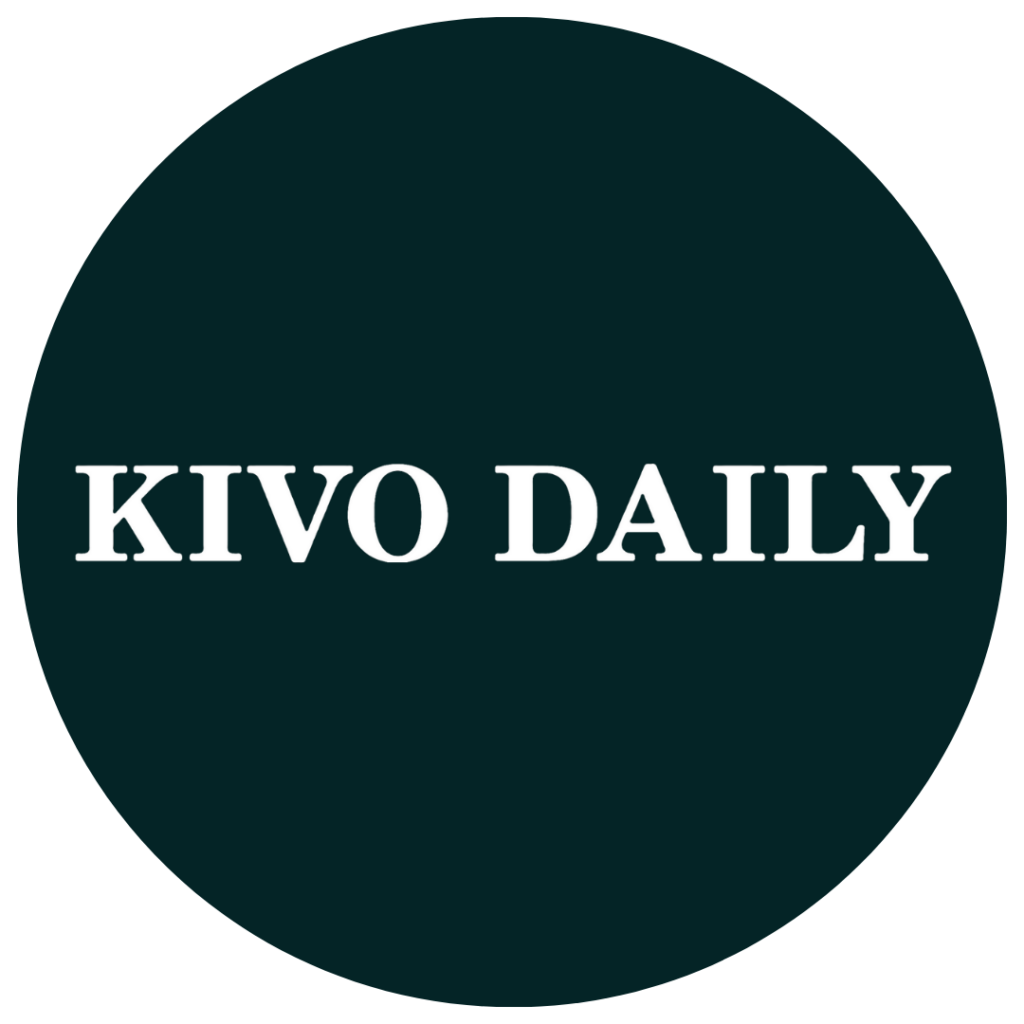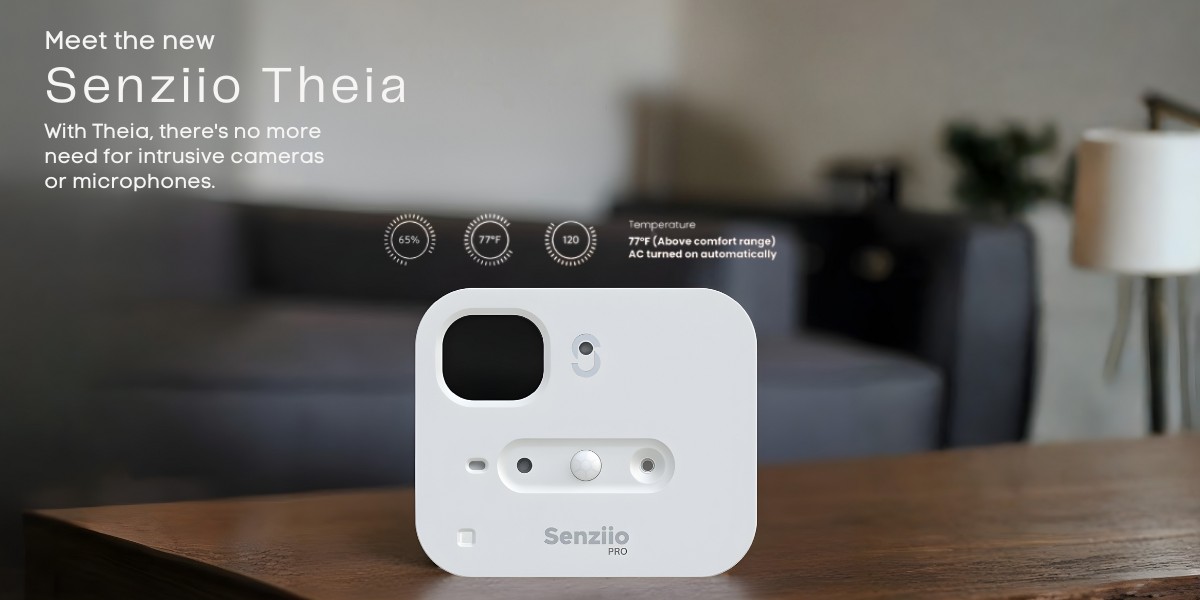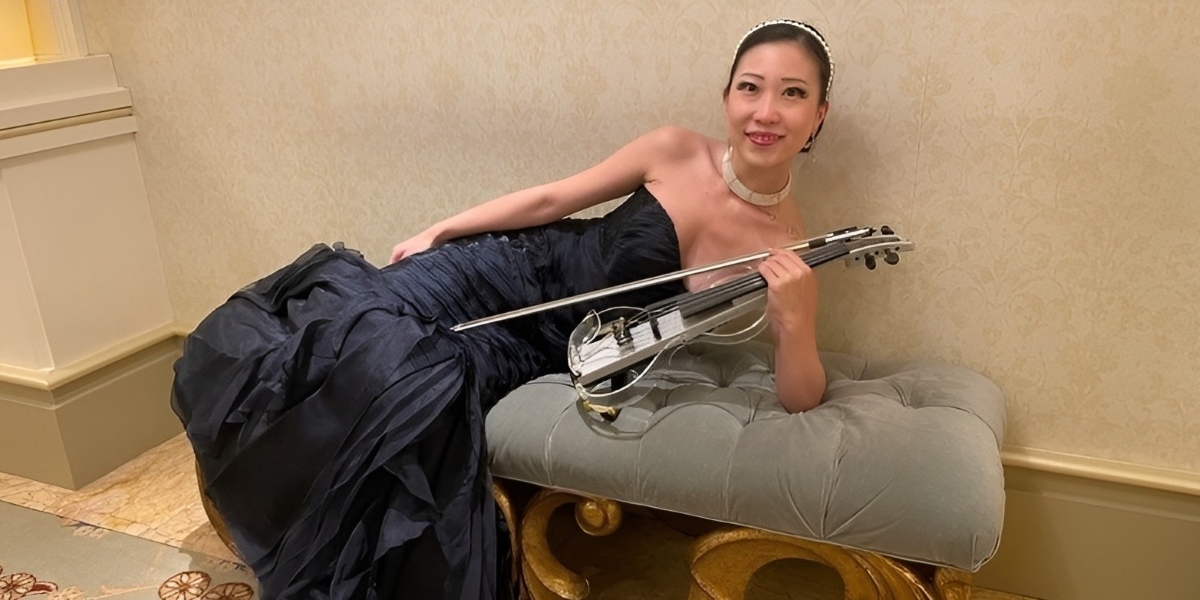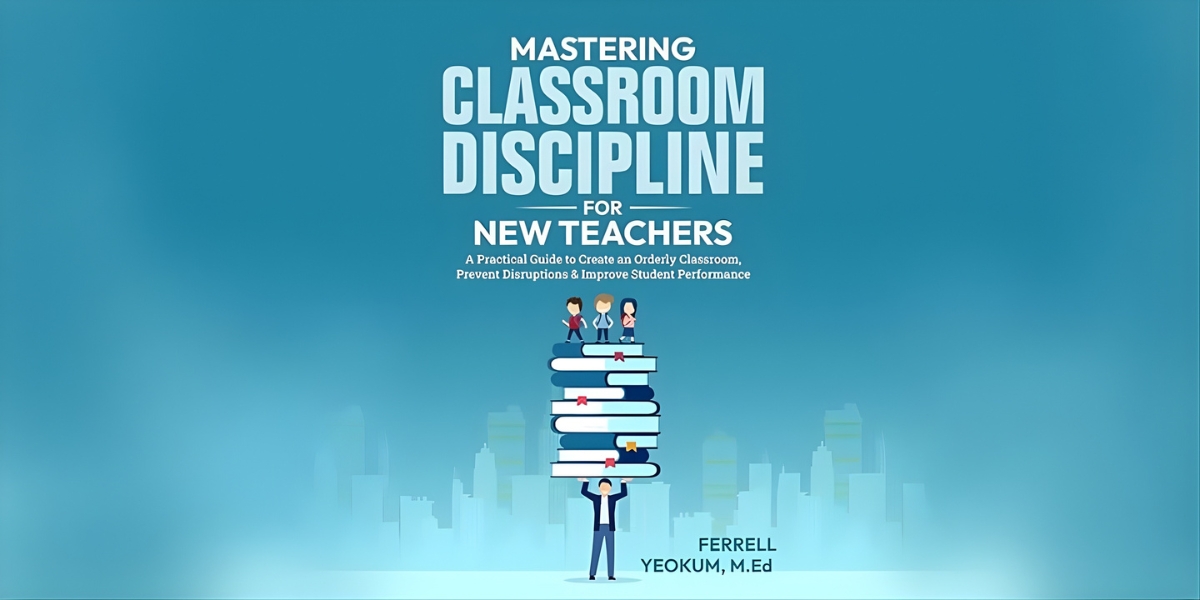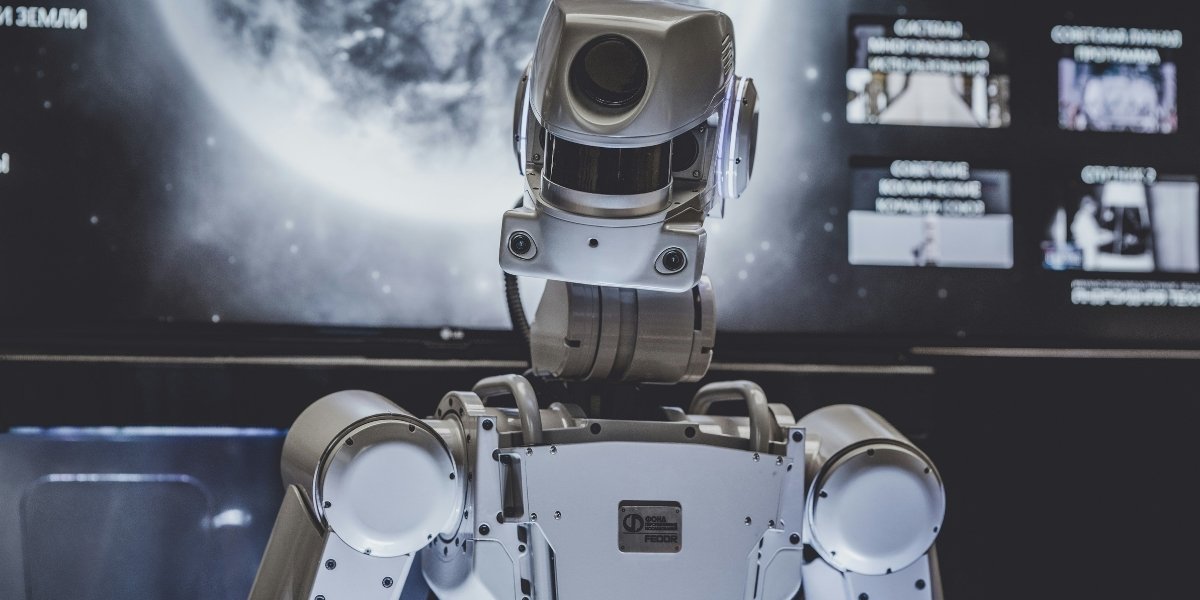Running an animation studio? That’s a whole different ballgame from just being an animator. It’s got its own unique set of joys, but also a bunch of tricky parts that are good to know about upfront. It’s not just about drawing cool characters or making amazing visuals; it’s a full-on business with all the usual ups and downs, plus some extra animation-specific quirks.
Here’s a peek into what it’s really like:
The Creative Spark Meets Business Hustle
So, an individual might dream of spending all their time making amazing animated stories, and that creative drive is definitely at the heart of any studio. But the reality is, a big chunk of time will actually be spent on the “business” side of things. We’re talking about things like finding new clients, writing up proposals, managing budgets, and making sure everyone gets paid. The studio owner is not just an artist; they’re also a business owner, a project manager, and sometimes even a sales person!
One of the big things is figuring out a niche. Is the studio going to do commercials, explainer videos, TV series, or short films? Trying to do everything can spread resources too thin, especially when starting out. Focusing on what the studio does well and who its ideal clients are can really help it stand out.
Read also: Navigating the Realities of Running a Successful Animation Studio
Juggling Projects and Keeping the Team Happy
Animation projects can be a real balancing act. A studio often has multiple projects going on at once, all with their own deadlines and demands. This means pretty sharp project management skills are essential. Keeping track of every step – from storyboarding and character design to animation, rendering, and post-production – is key. If planning isn’t done well, things can get chaotic quickly, leading to missed deadlines and unhappy clients.
Then there’s the team. The animators and artists are the heart of the studio, and keeping them motivated and productive is very important. This means clear communication, fair workloads, and making sure they have the right tools and a comfortable place to work. Burnout can be a real issue in creative fields, so looking after the team’s well-being is not just good for them, it’s good for the business. Sometimes, hiring a mix of full-time staff and freelancers can help manage costs and project demands, but it also adds another layer of scheduling and coordination.
Money Matters: Keeping the Lights On and the Creativity Flowing
Let’s talk about money. Running an animation studio isn’t cheap! A studio has significant costs for things like high-powered computers, specialized software licenses (which can be quite pricey!), office space if there is one, and of course, salaries for the talented team. Cash flow management is a constant thing to watch, especially because client payments don’t always come in on a very predictable schedule. A studio might finish a big project, but then wait weeks or even months for the payment to clear.
Pricing the work correctly is also a challenge. A studio needs to charge enough to cover all its costs and make a profit, but also be competitive in the market. Many studios face fluctuating demand, so having a good financial plan for those slower periods is a smart move. It’s not about getting rich quick; it’s often about building a sustainable business that can weather the ups and downs.
Read also: Industries Poised to Benefit the Most from Augmented Reality (AR)
The Ever-Changing Tech and the Need for Great Marketing
The world of animation is always moving forward, with new software, techniques, and trends popping up all the time. Staying up-to-date with technology and investing in new tools is often necessary to stay competitive and keep the work looking fresh. This means putting aside some of the budget for upgrades and training.
And finally, a studio can create amazing animation, but if nobody knows about it, it won’t gain much traction. Marketing is a huge part of running a studio. This involves everything from having a great portfolio and a professional website to using social media, networking at industry events, and even cold outreach to potential clients. Building a strong brand identity and showing off the studio’s unique style is essential to attracting the right kind of projects and keeping a steady stream of work coming in. It’s all about getting the studio’s work seen and connecting with people who need what it offers!



